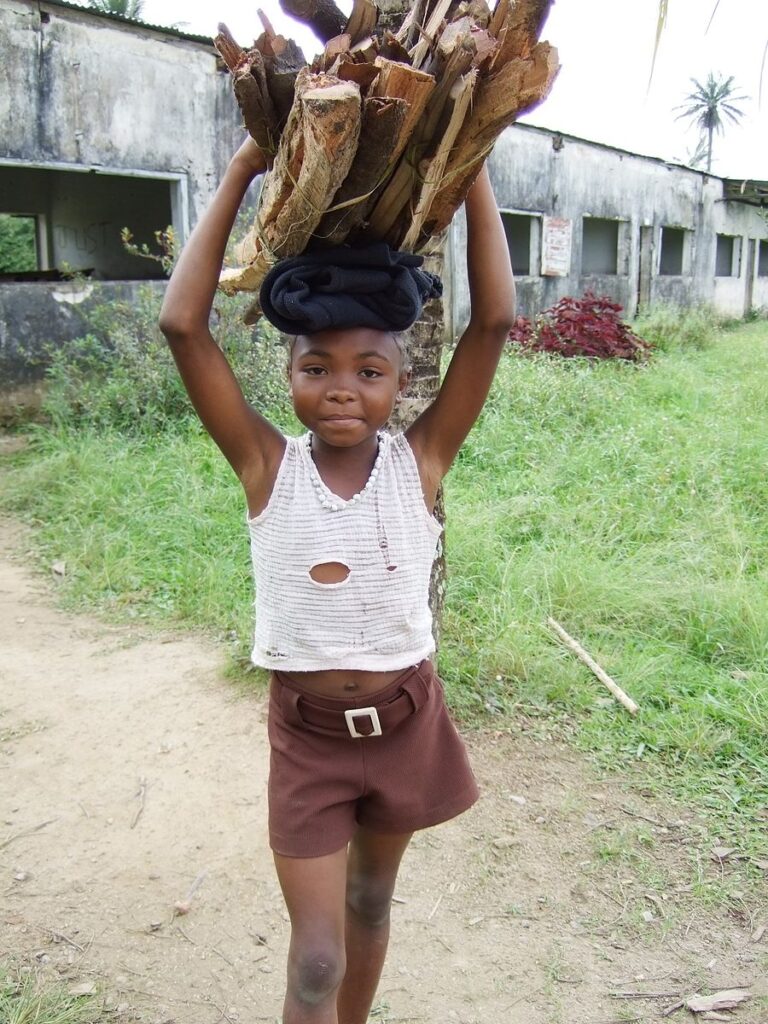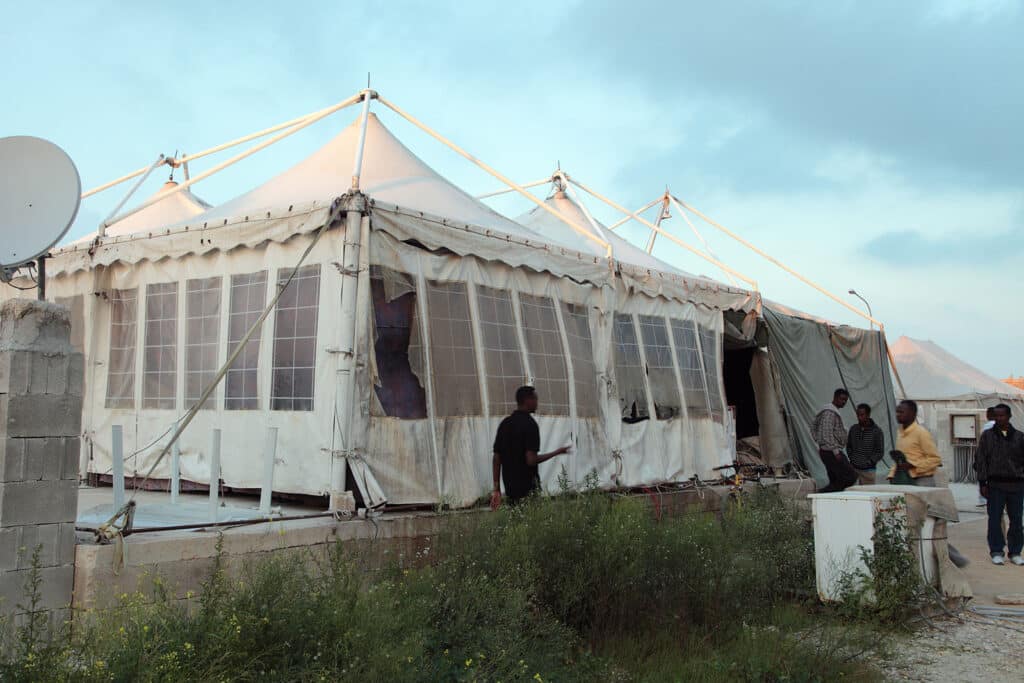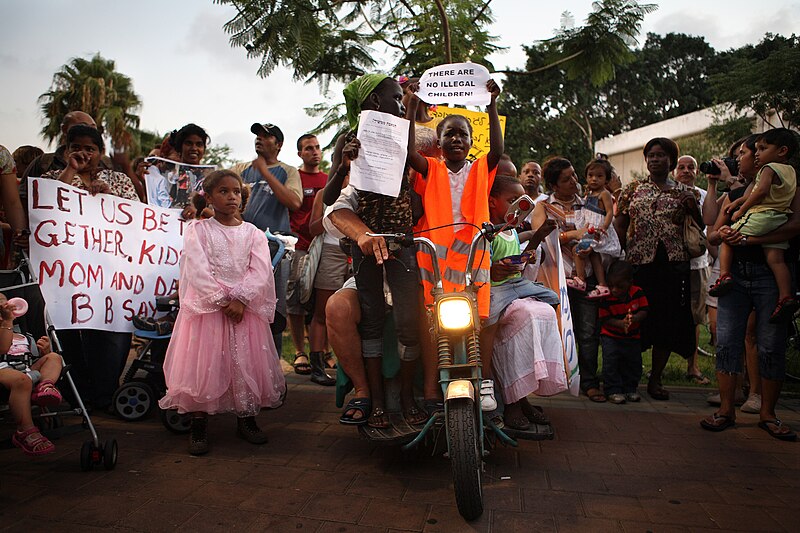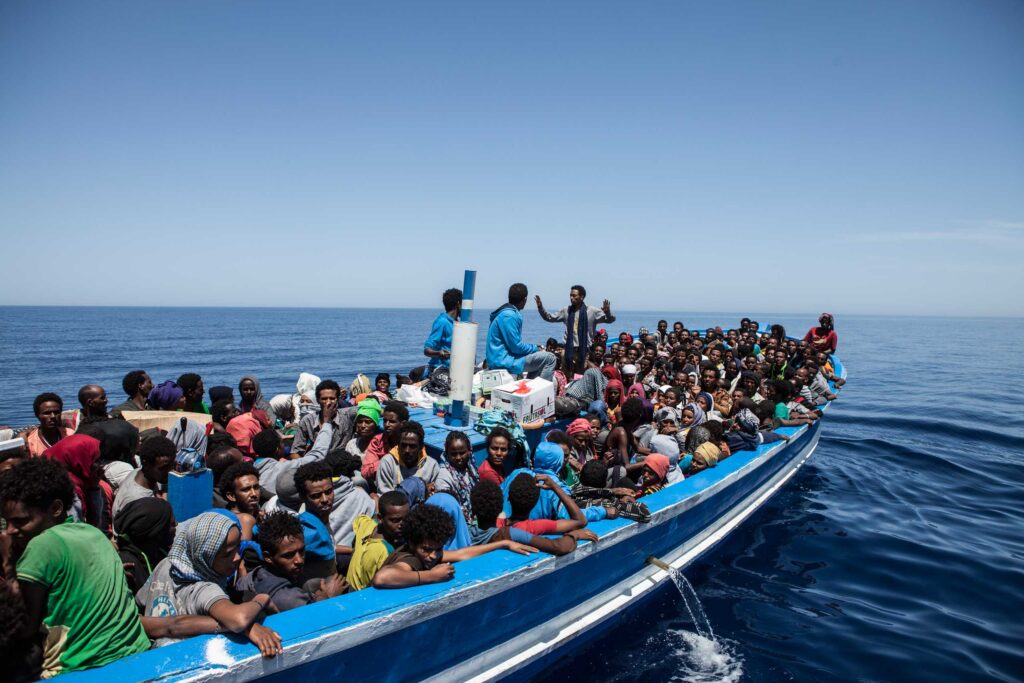Child migration is increasingly a significant challenge in Africa. International child migration, especially unaccompanied minors, is increasingly a primary concern. Children increasingly move across borders and face various hardships affecting their health and well-being. Recent international media coverage has echoed child migrants, including unaccompanied minors, among irregular migrants crossing the Atlantic Ocean on risky and deadly journeys. Child migration has complex patterns and trends and is driven by collective or individual decisions. Families can organize the child’s migration, expecting better education opportunities or living conditions for their siblings. Children may migrate through irregular channels without informing their parents. Child migration occurs increasingly through irregular channels, whether driven by individual or collective decisions.
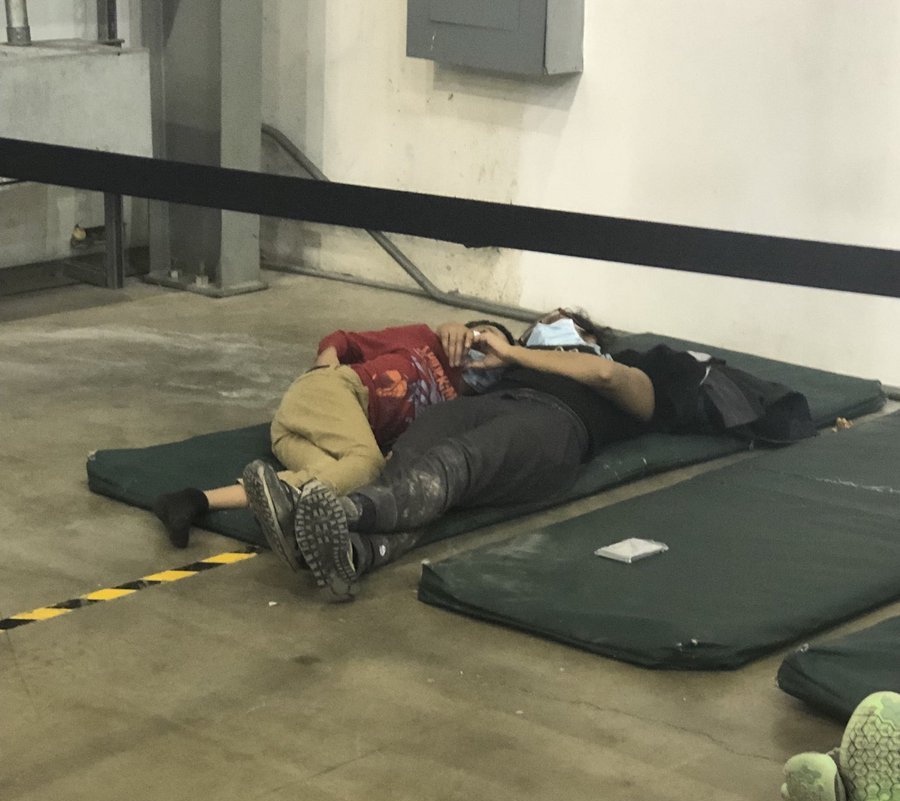
Unaccompanied child migrants may face stringent hardships in these risky and even deadly journeys. They may be subject to starvation, violence, abuses, and illnesses, with no or limited access to food, healthcare, housing, education, and sanitation. Due to the lack of an effective social protection system, they endure social exclusion and poor living conditions and are vulnerable to exploitation and abuse from traffickers and smugglers. Girl child migrants are also vulnerable to sex trafficking.
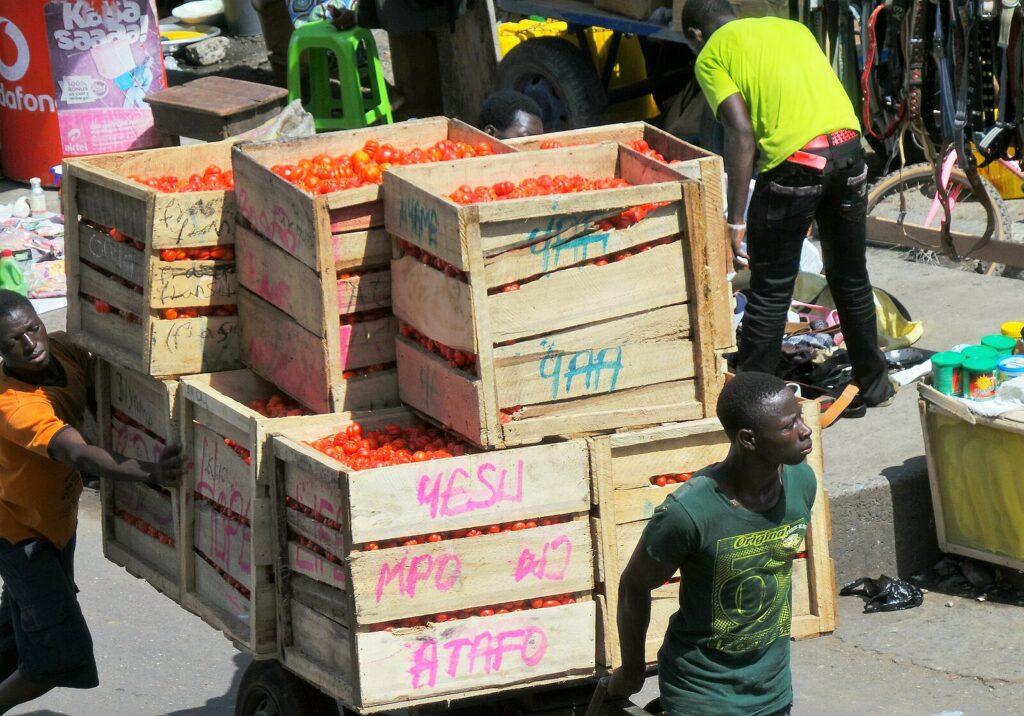
Through this research cluster, the ACSRM will provide a better understanding of:
- the situation of child migrants, including unaccompanied minors, i.e., their profile and living conditions;
- their migratory strategies and how they resort to irregular migration channels;
- the irregular migration corridors used by child migrants;
- the phenomenon of child migrant beggars;
- the phenomenon of child trafficking,
- the role of families in the child migration process
- and effective ways to address the challenges underlying such type of migration.


